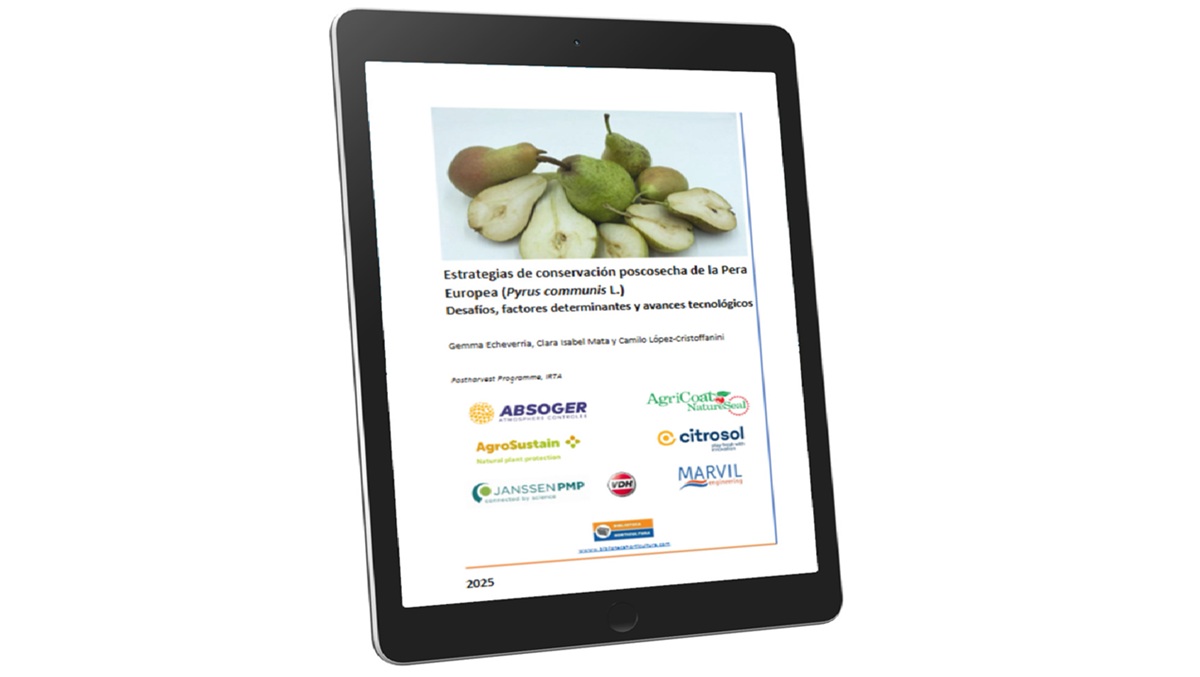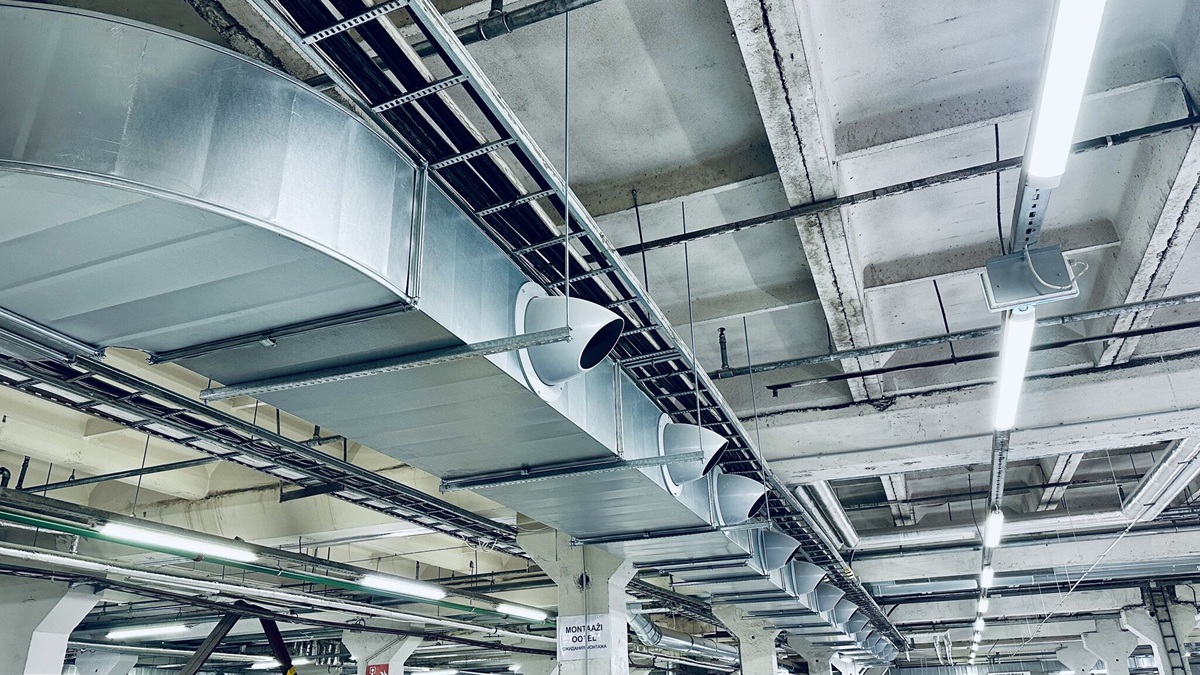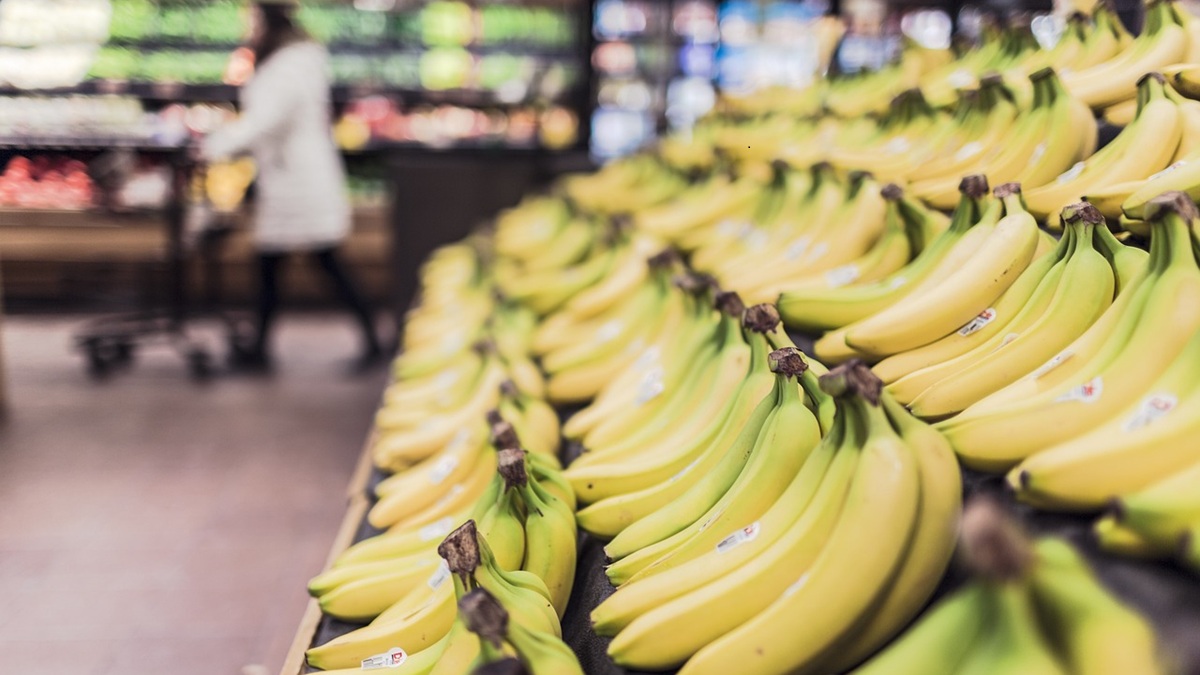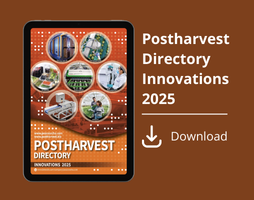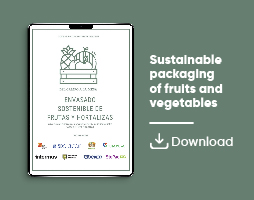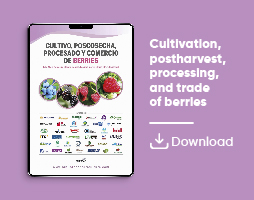News
Hydrogel Particles for Detecting Hepatitis A in Fruits and Reducing False Positives
Louisiana State University researchers develop a hydrogel particle system to improve the accuracy and speed of hepatitis A detection in fruits, reducing false positives and enhancing food safety
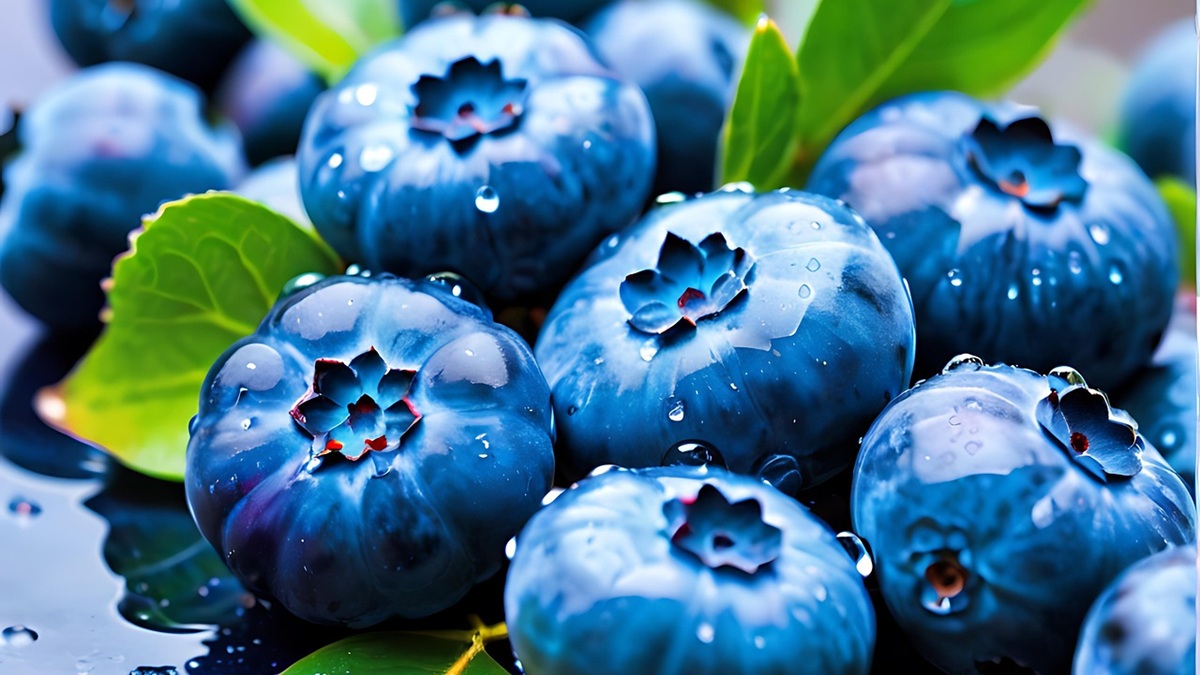
Hydrogel particles, part of a system used to monitor COVID virus levels in wastewater, may have applications to more quickly and accurately detect hepatitis A virus risks in fruit packinghouses.
In his CPS-funded proof-of-concept project, Aaron Bivins, Ph.D., with Louisiana State University, plans to compare a high-throughput virus capture and concentration method that uses magnets and hydrogel nanoparticles to industry standard concentration and PCR testing techniques.
Bivins said:
“I think it’s very promising. The question is how efficient is it in discriminating between virions and just RNA floating around? I’m not expecting it to be 100%, but what percent is it and is that enough to be a meaningful improvement because fruit wash is a very complex mixture. My thinking is if it can work in human sewage, then surely fruit wash is doable.”
If the research results follow his hypothesis, Bivins said the hydrogel particle system may reduce the number of false positives surrounding potential hepatitis A virus (HAV) contamination of soft fruit. In the end, it my also lessen unnecessary recalls.
Joining him in the project, titled “Hydrogel affinity particles to enable high-throughput screening of soft fruits for intact HAV virions,” is master’s degree candidate, Saborni Sen.
One of the challenges with testing for viruses is they’re extremely difficult to culture outside of a living host, unlike bacteria that typically can be grown in a laboratory.
If viruses are present in a sample, they’re usually in extremely low numbers. That’s why industry standard PCR assays include a concentration step, which is labor intensive and time consuming.
PCR tests themselves may detect virus genetic material, but they can’t determine whether it is virulent and poses a risk, or whether it is harmless. This frequently results in false positive results.
Bivin’s research involves developing a concentration step using proprietary hydrogel nanoparticles, which are minute pieces of a material similar to dessert gelatin. The gel particles also are billed as being significantly more attractive to virions.
The infectious forms of viruses, virions are protein capsules or capsids that contain RNA or DNA responsible for virus functions. On the outside of the capsid are binding proteins that allow the virion to enter the host cell.
The proprietary hydrogel has built-in baits that attract microbial targets — including potentially, intact HAV virions — to which they’ll bind.
He said:
“The idea in this case is that any HAV virions that are present in the sample would stick to these baits”.
The particles also contain iron. By placing a magnet on the side of a test tube, researchers are able to separate the microbial-bound gel particles from the liquid part of the sample. The hypothesis is that free pieces of non-virulent RNA will not bind to the gel and will remain in the liquid, which is discarded.
To address labor requirements, Bivins said they plan to use liquid-handling robotics to speed throughput. As a post-doctoral researcher, he used a similar high-throughput system for COVID wastewater monitoring and was able to complete 24 tests in about four hours — a fraction of the time needed for industry standard concentration methods.
As part of the CPS project, Bivins and Sen also plan to use digital PCR, which is more accurate and less sensitive to interference from environmental factors, such as soil sediments or fruit juice.
The researchers have just begun their project and plan to work backward from the end. They are using ISO and Food and Drug Administration standard PCR assay methods but changing the work flow and how the sample material is concentrated.
Bivins said:
“We start from the testing assay and add on a step in front of it. This allows us to see piece by piece how our results are affected by adding another step in the work flow.”
If the hydrogen concentration technique works as hoped, he said future research could look at its use with other viruses, such as norovirus, that pose food safety risks.


